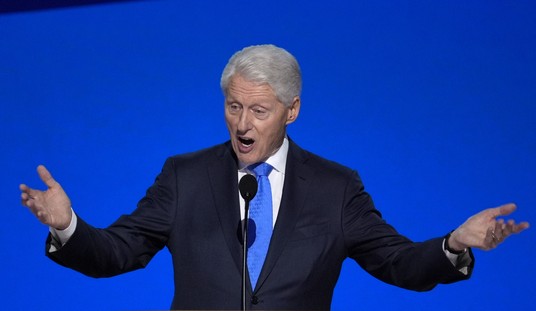On the level, or a grand conspiracy, New-Coke league? According to Playboy Magazine, which first gave pornography a touch of urbane sophistication, the era of the fully-nude model has passed. Now, Hugh Hefner et al want people to read their magazine for the articles. Really!
The move comes with no small amount of desperation, the New York Times’ Ravi Somaiya reports. Circulation of the print magazine has cratered to less than a million, and it needs a game-changer. After watching Internet traffic explode after making it safe for work, management has decided to try out a new business model by covering up their own models:
Its executives admit that Playboy has been overtaken by the changes it pioneered. “That battle has been fought and won,” said Scott Flanders, the company’s chief executive. “You’re now one click away from every sex act imaginable for free. And so it’s just passé at this juncture.”
For a generation of American men, reading Playboy was a cultural rite, an illicit thrill consumed by flashlight. Now every teenage boy has an Internet-connected phone instead. Pornographic magazines, even those as storied as Playboy, have lost their shock value, their commercial value and their cultural relevance.
Playboy’s circulation has dropped from 5.6 million in 1975 to about 800,000 now, according to the Alliance for Audited Media. Many of the magazines that followed it have disappeared. Though detailed figures are not kept for adult magazines, many of those that remain exist in severely diminished form, available mostly in specialist stores. Penthouse, perhaps the most famous Playboy competitor, responded to the threat from digital pornography by turning even more explicit. It never recovered.
Previous efforts to revamp Playboy, as recently as three years ago, have never quite stuck. And those who have accused it of exploiting women are unlikely to be assuaged by a modest cover-up. But, according to its own research, Playboy’s logo is one of the most recognizable in the world, along with those of Apple and Nike. This time, as the magazine seeks to compete with younger outlets like Vice, Mr. Flanders said, it sought to answer a key question: “if you take nudity out, what’s left?”
Playboy has a reputation for top-notch short fiction, with best-selling authors lending their talents to its pages over the decades. They paid the highest rates for articles in both fiction and non-fiction, and welcomed free-lancers. Their Playboy Interview has a long history of cultural impact, although it’s been a very long time since it made headlines.
And that’s a problem that changing their rating to PG-13 may not fix. Like their circulation, the relevance of their articles have plummeted, and that has little to do with the proliferation of pornography on the Internet. The magazine’s “Playboy philosophy” speaks to a bygone era of James Bond-esque (Sean Connery edition) sophistication rather than today’s hipster-tinged culture. Men’s magazines like Maxim and FHM speak more to this generation’s male culture. It’s no coincidence that Playboy’s changes will position them more in this market than in the porno-mag sector, but they will find that a crowded market, and outside of their pretentious mixology/sexology notions of culture.
That’s why I’m not quite buying this shift. I foresee a future edition where Playboy splashes a headline announcing nudity is back, baby, and hoping that will provide a second zing to the circulation of an aging relic. It won’t work, not in the long run and probably not in the short run either. It’s not the nudity that’s “just passé at this juncture,” it’s Playboy itself.







Join the conversation as a VIP Member